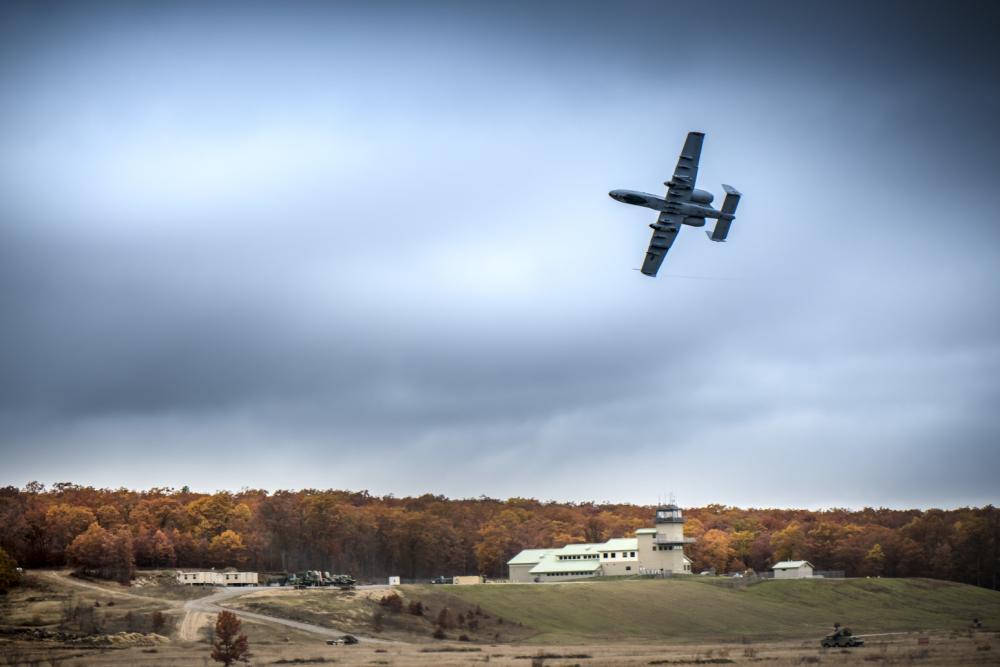DVIDS – News – Army Cyber Command remembers heroes, victims of 9-11, Afghanistan
FORT GORDON, Ga. — Army Cyber Command (ARCYBER) personnel gathered together this week to mark the 20th anniversary of the terrorist attacks of Sept. 11, 2001.
The solemn Sept. 10 ceremony at the command’s headquarters at Fortitude Hall here honored and remembered the victims and heroes of the attacks and America’s 20 years of war in Afghanistan.
The three attacks on 9/11 killed 2,995 people — the single loss of lives from a foreign attack on U.S. soil in the nation’s history – and injured 6,000 more. The two planes that struck the World Trade Center towers in New York claimed 2,763 lives; 189 people died when American Airlines Flight 77 struck the Pentagon (125 in the building and 64 on board the flight); and 44 were killed when United Airlines Flight 93 crashed near Shanksville, Pa.
In remarks at the ceremony ARCYBER Chief of Staff Col. Ernesto Cortez talked of the courage and commitment of Soldiers and veterans who dedicated themselves to serving others as a result of the attacks.
“Tomorrow represents a milestone for each of us to reflect on where we were that day…what we have done in the 20 years since then…and what we have learned that we can take forward to make the years ahead better, safer, and more fulfilling for us, our loved ones, and our country,” remarked Cortez as he recalled significant details and stories from that fateful day.
He told the story of Rick Rescorla, who was born in England and emigrated to America, where he joined the Army and was decorated for his courage in Vietnam. As head of security for a major investment firm in the World Trade Center on 9-11, Rescorla helped evacuate more than 2,000 of the company’s employees, then fatefully returned to help others. He was last seen alive singing and helping to keep up people’s spirits as he guided them towards safety.
The shared experience of 9-11 unified Americans who supported our Soldiers, Army civilians and families, Cortez said, and inspired many of today’s Soldiers to join the Army and serve valiantly.
The events of that fateful day and Americans’ response…



